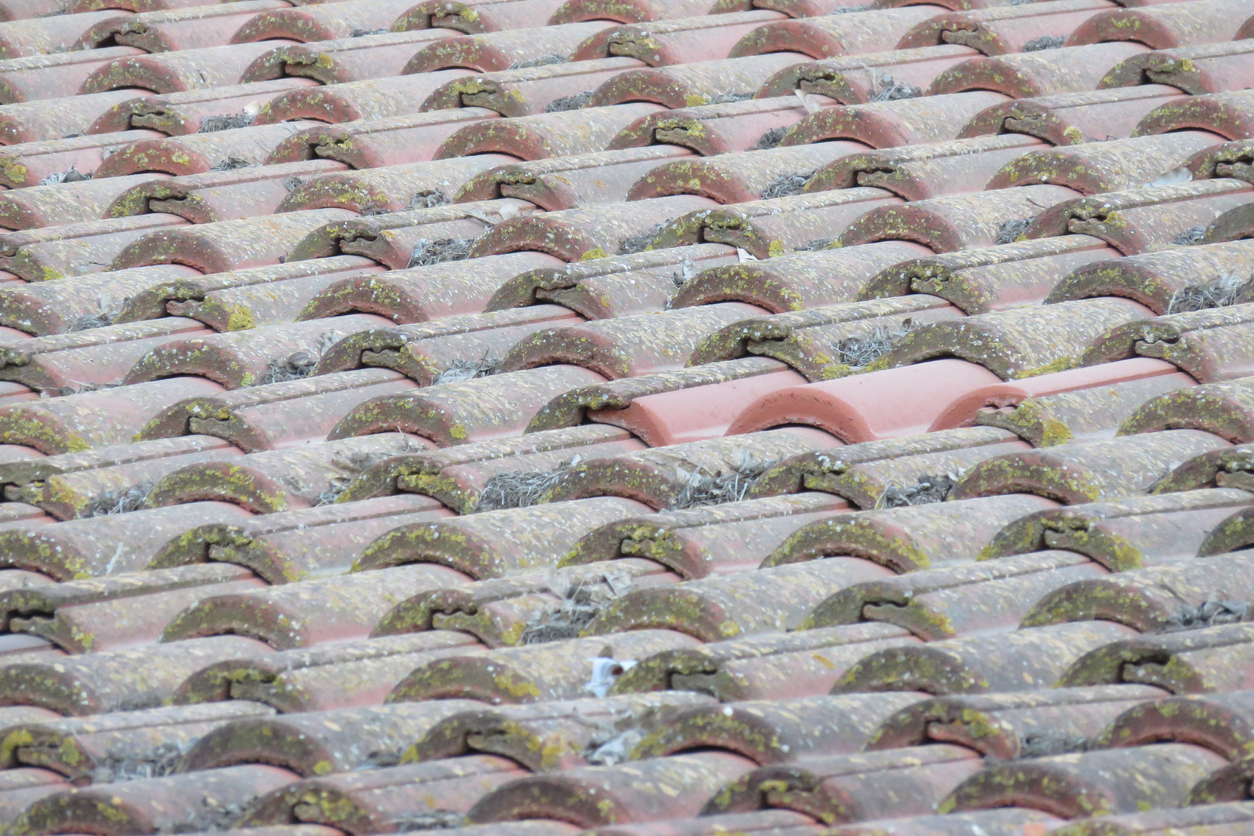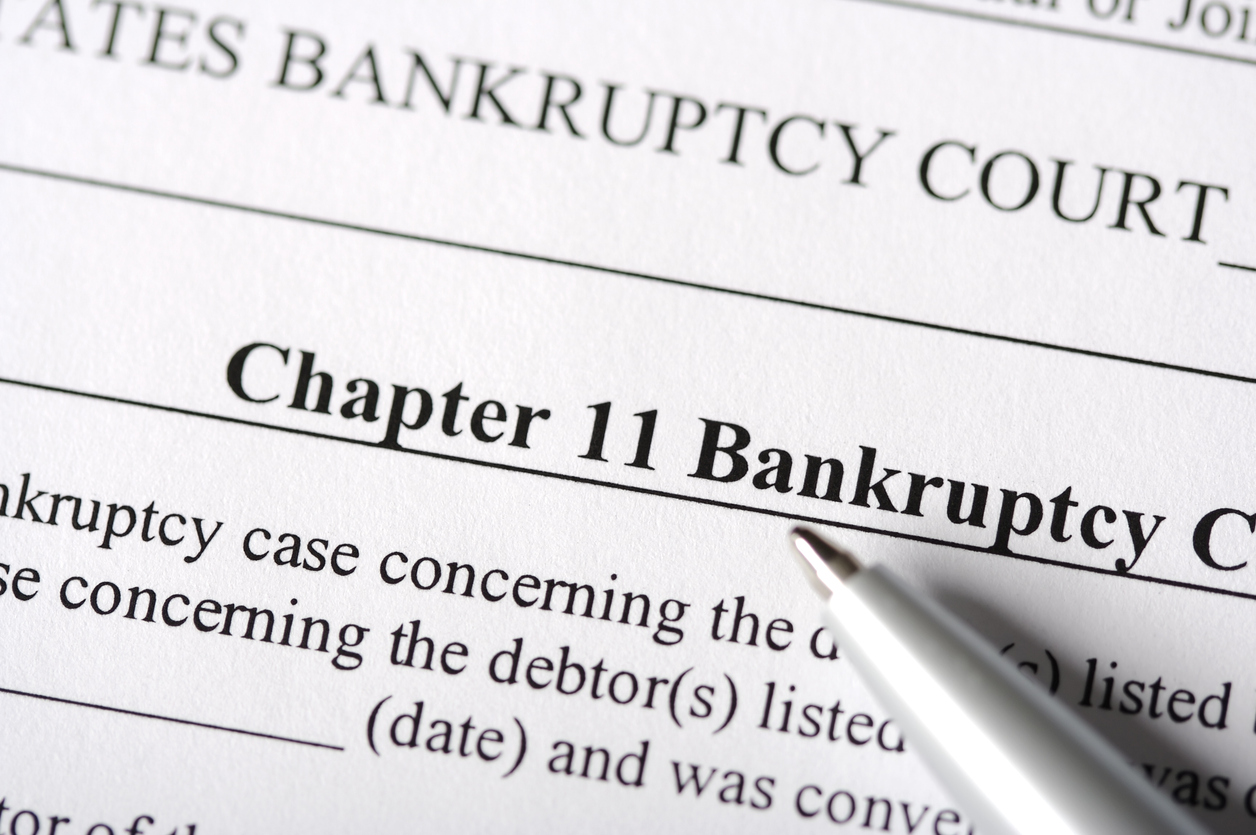It is not uncommon for a hail or windstorm to cause damage to only one or two sides of a structure, leaving the remaining sides undamaged. Expecting replacement materials to match in color and quality, many policyholders are perplexed when their insurance carriers suggest they owe only for the damaged materials without any consideration for the altered appearance of the mismatched building.1 The result is magnified where damaged materials are no longer available, resulting in an obvious aesthetic difference between the undamaged and repaired areas of the structure.
The purpose of a replacement cost policy is to make the insured whole, necessarily requiring an insurance carrier to put the damaged structure back in the position it was before the loss. While several states have addressed matching through the court system, a number of states throughout the country have passed statutes derived from a regulation proposed by the National Association of Insurance Commissions encouraging matching of undamaged materials to achieve a reasonably uniform appearance to property insured by a replacement cost value policy.2
Iowa has followed suit through Administrative Code Rule 191-15.44, which provides:
15.44(1) Replacement cost. When the policy provides for the adjustment and settlement of first-party losses based on replacement cost, the following shall apply:
* * * * *
b. When a loss requires replacement of items and the replaced items do not match in quality, color or size, the insurer shall replace as much of the item as is necessary to result in a reasonably uniform appearance within the same line of sight. This subrule applies to interior and exterior losses. Exceptions may be made on a case-by-case basis. The insured shall not bear any cost over the applicable deductible, if any.
While Iowa has clearly recognized the importance of matching replacement materials with undamaged materials, whether matching of undamaged property is covered often boils down to a subjective exercise of determining what constitutes a “reasonably uniform appearance.” This requires a policyholder to present evidence, beyond his or her own opinion, that the proposed repair will not achieve a reasonably uniform appearance within the same line of sight.
_________________________________________________
1 Windridge of Naperville Condo. Ass’n v. Philadelphia Indem. Ins. Co., 2019 WL 3720876 (7th Cir. August 7, 2019).
2 Connecticut; Utah; Ohio; Florida.




